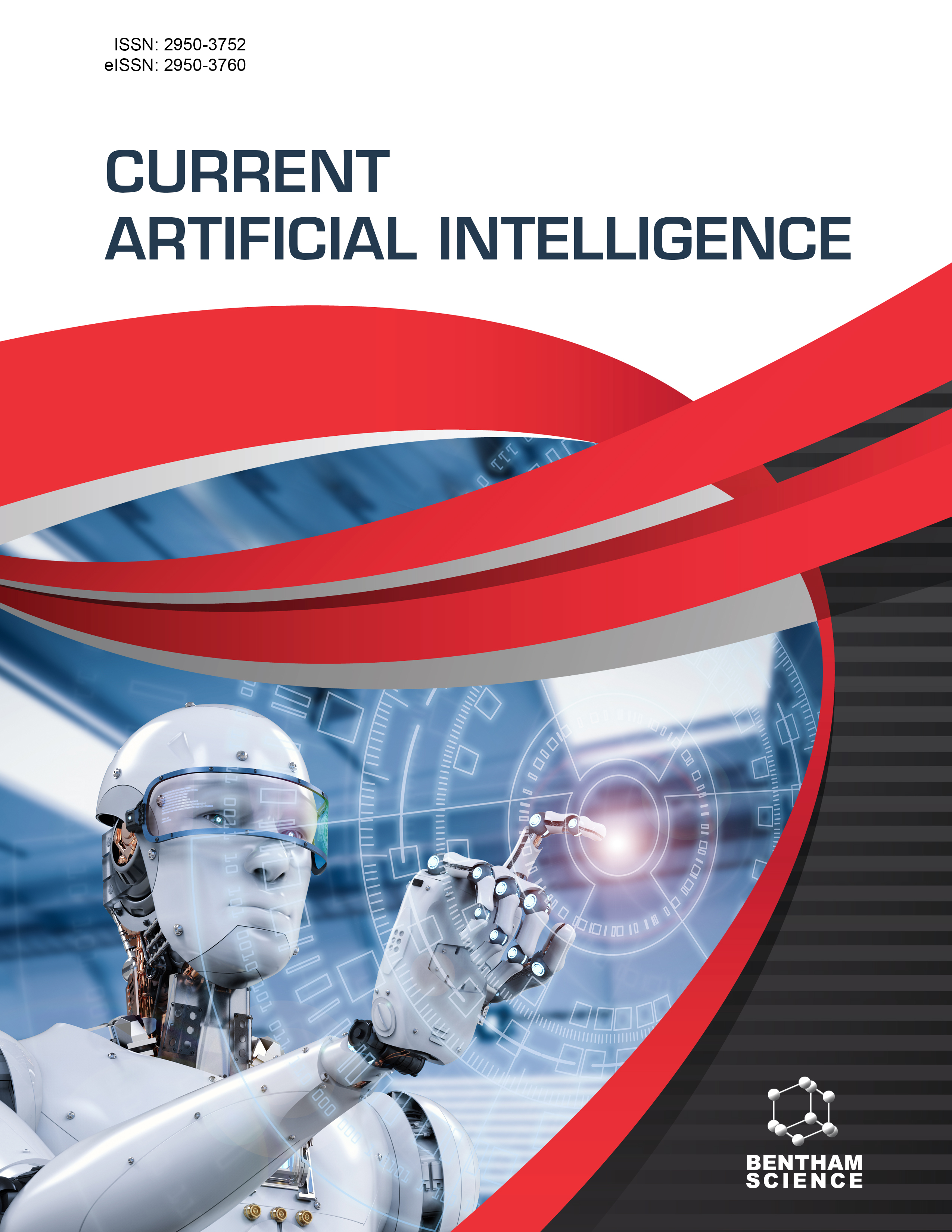
Full text loading...
We use cookies to track usage and preferences.I Understand

Adverse drug reactions and drug-induced toxicity provide significant issues in drug research, jeopardizing patient safety and driving up healthcare costs. Toxicity has a greater potential impact than infectious diseases since it is less visible. Early diagnosis of these difficulties is critical to determining a drug's safety and viability profile. The combination of machine learning and artificial intelligence has marked a watershed moment in the identification of early adverse drug reactions and toxicity. These computational approaches enable rapid, extensive, and precise prediction of likely adverse drug reactions and toxicity even before practical drug manufacture, preclinical testing, and clinical trials. This paradigm change strives to create more efficient and safe drugs, lowering the likelihood of drug withdrawal. This comprehensive review investigates the critical role of machine learning and artificial intelligence in quickly detecting adverse drug reactions and toxicity, including approaches from data mining to deep learning. It lists essential databases, modelling techniques, and software that may be used to model and predict a wide range of toxicities and adverse drug reactions. This review provides a comprehensive overview, outlining recent developments and projecting future opportunities in machine learning and artificial intelligence-driven rapid identification of adverse drug reactions and drug-induced toxicity. It highlights the capabilities of these technologies and their enormous potential to improve patient safety and revolutionize medication discovery.

Article metrics loading...

Full text loading...
References


Data & Media loading...